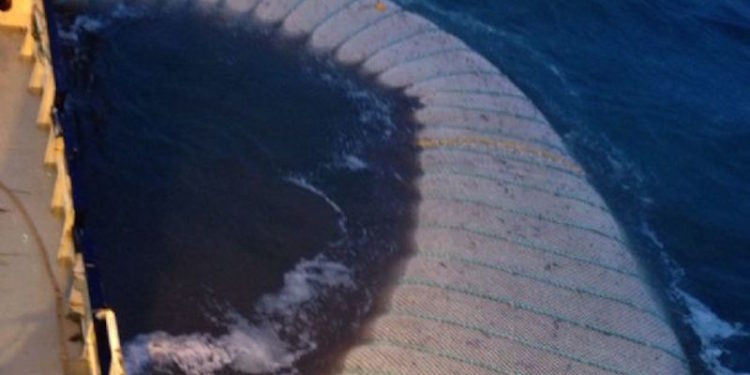Norway and the EU have agreed mutual access for fishing Atlanto-Scandian herring and blue whiting in each others’ zones in 2017, and the agreement gives the Norwegian fleet increased access to blue whiting in EU waters next year.
Norwegian fisheries minister has commented that this is good news, as the Norwegian fleet’s share of the fishery jumps from 61% to 68%, equivalent to approximately 23,000 tonnes of a species that is vitally important fishmeal and fish oil production.
‘This lays the foundation for an economically viable fishing on a common stock, and increased value creation in Norwegian fisheries. Meanwhile we continue our co-operation with coastal states to bring about an agreed quota allocation and a comprehensive agreement for pelagic stocks,’ Per Sandberg was quoted as saying.
Norwegian vessel operators’ federation Fiskebåt is understandably satisfied with the new arrangements that were agreed during negotiations that took place in Bergen yesterday.
‘This is profitable for fleet and positive for the environment as a result of shorter steaming distances,’ said Fiskebåt director Audun Maråk. ‘The result is the result of a more coherent attitude between Norway and the European Union relating to the management of pelagic resources.’
But Scottish fishermen are less than satisfied with the arrangements finalised between the EU and Norway, not least with the agreed transfer of 110,000 tonnes of blue whiting to Norway in comparison to the previous 75,000 tonne figure, accounting for Norway’s increases share.
‘We are extremely disappointed at the outcome for blue whiting as it will disadvantage the Scottish pelagic fleet during the coming year,’ said Ian Gatt, president of the Scottish Fishermen’s Federation, adding that Scotland voted against the increased access for the Norwegian fleet.









